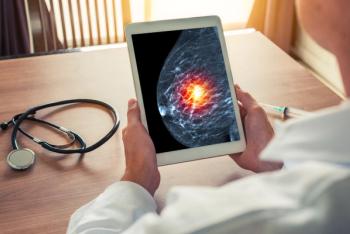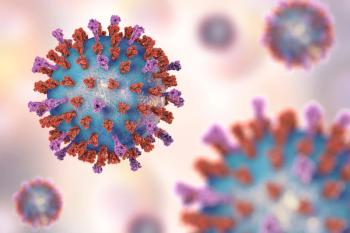
Familiarize Yourself With Updated Clinical Guidelines Recommendations for Restless Legs Syndrome
Key Takeaways
- RLS management now emphasizes iron supplementation and alpha-2-delta ligands, with regular serum iron assessments recommended for all patients.
- Non-pharmacological treatments, such as high-frequency bilateral peroneal nerve stimulation, offer effective alternatives to medications.
Treatment for RLS includes lifestyle modifications, medication, and in some cases, non-drug therapies, aiming to reduce symptoms and improve sleep and daytime functioning.
Restless legs syndrome (RLS) is a neurological disorder characterized by an uncontrollable urge to move the legs, often accompanied by uncomfortable sensations such as tingling, crawling, or itching. These symptoms typically intensify during periods of rest, particularly in the evening or at night, leading to sleep disturbances and impacting quality of life. RLS affects both adults and children, although it is more common in adults, with symptoms ranging from mild to severe.
The exact cause of RLS remains unclear, but it is thought to involve genetic, neurological, and environmental factors. Treatment for RLS includes lifestyle modifications, medication, and in some cases, non-drug therapies, aiming to reduce symptoms and improve sleep and daytime functioning.
In September 2024, the American Academy of Sleep Medicine (AASM) released updated clinical practice guidelines for the treatment of RLS and Periodic Limb Movement Disorder in adults and children. These guidelines reflect significant advancements in understanding and managing RLS, emphasizing both pharmacological and non-pharmacological interventions.
Key Recommendations
Iron supplementation is a key issue in RLS management.Regular assessment of serum iron levels, including ferritin and transferrin saturation, is recommended for all patients with clinically significant RLS. Iron supplementation should be considered if serum ferritin is ≤75 ng/mL or transferrin saturation is <20%. In children, supplementation is advised when serum ferritin is <50 ng/mL.
Pharmacological treatments can include a variety of approaches. Alpha-2-delta ligands such as gabapentin, gabapentin enacarbil, and pregabalin are strongly recommended for treating RLS due to their efficacy and safety profiles. Furthermore, for patients with appropriate iron status, intravenous ferric carboxymaltose is recommended over no treatment.
For adults with RLS, the AASM recommends using dipyridamole rather than opting for no treatment with dipyridamole. Finally, extended-release oxycodone and other opioids are suggested for patients with severe RLS unresponsive to other treatments, acknowledging the need for careful monitoring due to potential side effects.
Non-pharmacological treatments can also be considered.High-frequency bilateral peroneal nerve stimulation is suggested as an effective non-pharmacological option for reducing RLS symptoms. This therapy offers an alternative to medications, especially for patients seeking non-drug interventions.
Addressing exacerbating factors should be prioritized for patients with RLS. Management should include identifying and addressing factors that can worsen RLS symptoms, such as alcohol, caffeine, certain medications (e.g., antihistamines, serotonergic, and antidopaminergic drugs), and untreated obstructive sleep apnea.
Special populations may require other approaches. For instance, for patients with RLS and end-stage renal disease, gabapentin and intravenous iron sucrose are suggested treatments. In pregnant patients, treatment decisions should consider the safety profiles of medications during pregnancy.
Finally, some previous recommendations are no longer included in the updated 2024 guidelines. The guidelines now suggest against the standard use of dopamine agonists such as pramipexole, ropinirole, carbergoline, and rotigotine for RLS treatment. This shift is due to concerns about augmentation—a worsening of symptoms over time associated with these medications. AASM also suggests against the standard use of levodopa, bupropion, carbamazepine, clonazepam, valerian and valproic acid.
These updated guidelines represent a significant shift in RLS management, moving away from dopamine agonists due to their long-term complications and emphasizing alternative therapies with better safety profiles. Clinicians are encouraged to tailor treatment plans to individual patient needs, considering both the efficacy and potential risks of each intervention.
Reference
Winkelman JW, Berkowski JA, DelRosso LM, et al. Treatment of restless legs syndrome and periodic limb movement disorder: an American Academy of Sleep Medicine clinical practice guideline. J Clin Sleep Med. 2024 Sep 26. doi: 10.5664/jcsm.11390. Epub ahead of print. PMID: 39324694.
Newsletter
Stay informed on drug updates, treatment guidelines, and pharmacy practice trends—subscribe to Pharmacy Times for weekly clinical insights.




